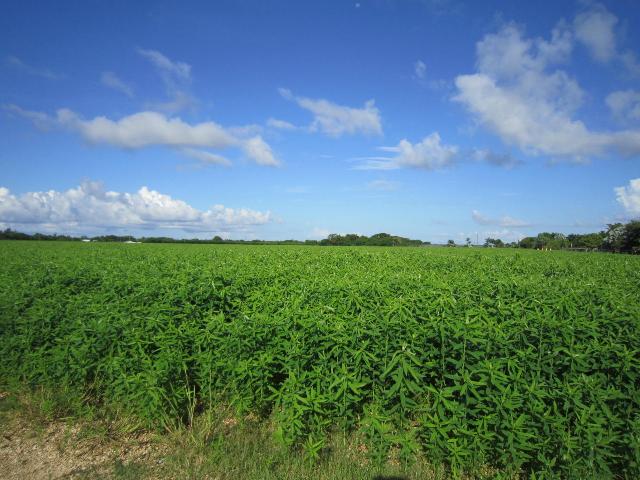By Clint Thompson
Cover crops remain an under-utilized but effective management option for specialty crop growers managing nematodes.

Credit: Qingren Wang, UF/IFAS
Johan Desaeger, assistant professor of entomology and nematology at the University of Florida Institute of Food and Agricultural Sciences Gulf Coast Research and Education Center, touted the practice at the Florida Grower Citrus Show.
“If you have the time to put in a cover crop, which it’s not just that you have a cover, it’s that you rotate, which most fields never do. If you never rotate in your fields, that’s when you build up that same nematode year after year until it becomes a problem that you can’t manage anymore,” Desaeger said. “Having a cover crop like sunn hemp, I’ve advocated sunn hemp for a while, because it’s good for most nematodes.”
Cover crops are utilized in between production seasons. They improve the soil quality and health in preparation for the upcoming growing season but can also help reduce nematode reproduction; if growers implement cover crops that are poor hosts.
Sunn hemp is a good cover crop to use. It produces high amounts of biomass and is a poor host to root-knot nematodes and sting nematodes. It also contains alkaloids in its tissue. Its leaf and root residue have nematicidal activity.
But growers need additional cover crop alternatives, says Desaeger. He plans to focus more of his research on finding viable options.
“I think that’s something I’d like to work on. Right now, we have sunn hemp, sorghum, sudan, cowpeas; those are kind of the go-to crops. I wish we had some more options,” Desaeger said.
“You need a lot of data to figure out which cover crops are good for which nematodes. You’ve got to know your field and how nematodes are going to respond to these different cover crops. It’s going to involve a lot of research. It’s not something that is available right now.”









